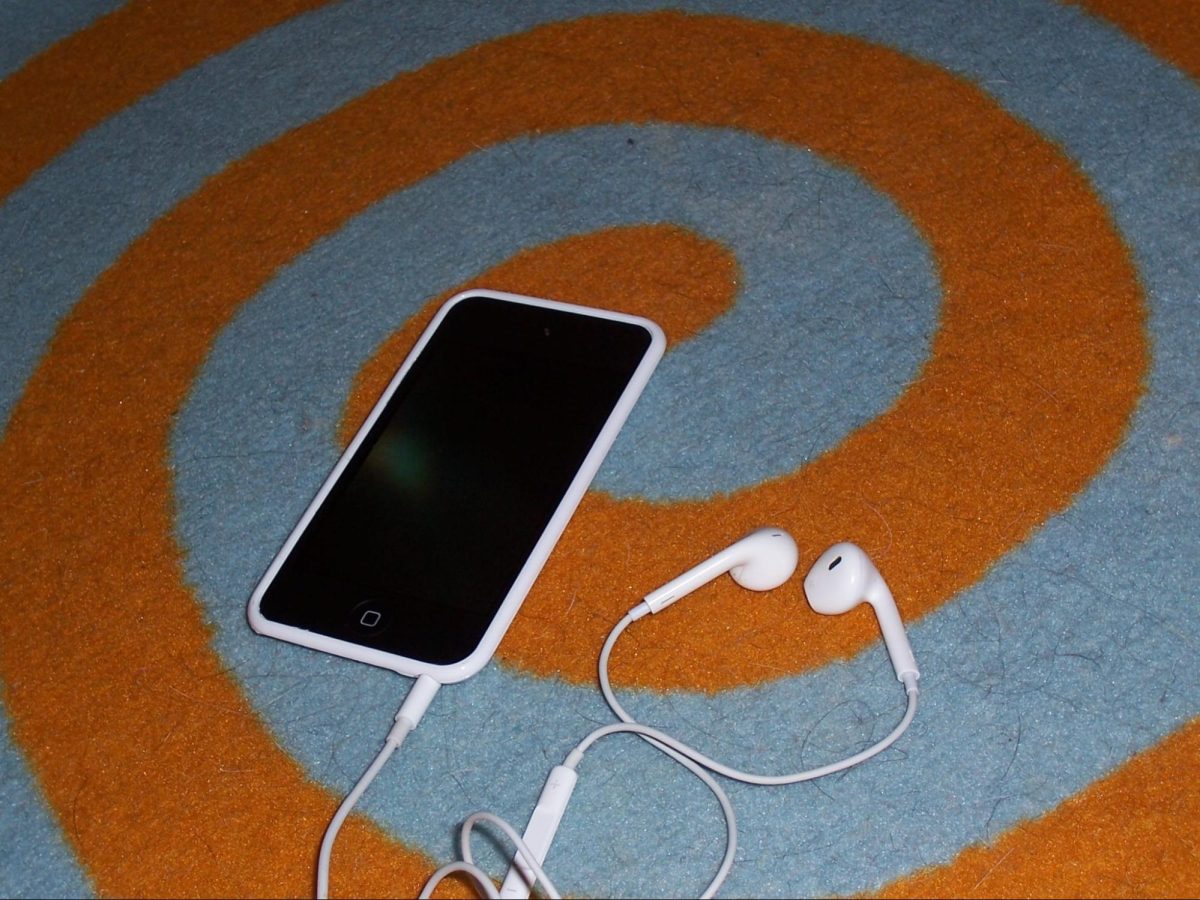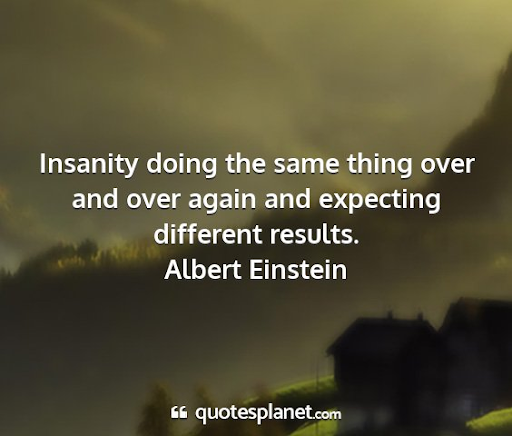iPod, the music player that revolutionized the entire way we purchase and listen to music, then left in an instant with the rise of streaming services. But, why might an iPod, or any other MP3 player, for that matter, still be worth using in the modern age?
The history of the iPod and MP3 player
The MP3 file format was created in 1991 by the Fraunhofer Society in Germany, under the lead of Karlheinz Brandenburg. The file type was created as a way to greatly reduce the storage size or amount of data that an audio file took up. But how does this audio compression work? MP3 files compress the music in a lossy format, meaning some audio quality is lost. However, this loss is usually unnoticeable to the listener because it strips out frequencies beyond human hearing. The level of loss also depends heavily on the amount of compression: essentially, how small of a file size you want to get compared to the quality of music you would like.
Let’s start with MP3 players before the iPod. For example, the Creative Nomad. The Creative Nomad was one of the first MP3 players to utilize a Hard Disk Drive (HDD). An HDD is a type of storage device that utilizes a spinning disk and a magnetic reading arm to read and write data to the magnetic disk. This was the predecessor to the technology we have today, Solid State Drives (SSD), which have no moving parts and encode data using transistors, holding the 1’s and 0’s of the data. The Creative Nomad was also one of the first MP3 players to utilize a Universal Serial Bus (USB) for data transfer and loading music onto it.
There were however some downsides. First off, because it used a regular computer hard drive, it was very large, heavy, and bulky. Battery life was poor as well because the hard drive took a lot of power to operate. Skipping was also common since if the movement of the drive was interrupted by a bump or a drop, it would cause the music to pause or stutter. This was however all there was at the time. Some MP3 players existed with solid-state storage, but only in very small storage amounts. Some MP3 players utilize smart cards, a predecessor of the SD card we use today. They held only about 64 MB of data, and especially without the compression technology we have today, it meant they could only hold a few songs at a time. The Creative Nomad with its HDD could hold a lot more songs, likely around 500-1,000, but the size and bulkiness had a lot of drawbacks.
Now comes the iPod, the next generation music listening device. During the development of the iPod, there were many challenges in order to set it apart from the music players at the time. First off was the means of storage. They could go for a solid-state device, but the music capacity would be lackluster. They could go for a regular hard drive, but it would be too large. Plus it would drain the battery too quickly. But almost out of the blue, Toshiba, an electronics company, comes out with a smaller, more power-efficient HDD. It is about 1.8 inches in size, compared to the 4-5 inch drives used in most computers. The iPod also used a clever trick to save on power and minimize skipping. It contained a small memory buffer, essentially temporary solid-state storage for your songs. It would spin up the hard drive, load the first couple of songs into memory, and then shut down the hard drive again. The user would experience no interruption in their music because without the hard drive spinning it would be unable to skip or stutter. This also helped a lot with boosting the battery since the power-intensive hard drive did not have to be running constantly. This technology laid the groundwork for a lot of solid-state technology that we enjoy today.
On October 23rd, 2001, the iPod was released to mass acclaim by critics and customers alike. The storage, battery life, and lightweight was unheard of at the time. But how do you get music on it? The solution was iTunes, a software made by Apple that allows you to purchase music. You could purchase either entire albums or just single songs. One thing that made iTunes a lot more popular than other music purchasing choices was their 99-cent-per-song deal. You could buy any single song from iTunes for only 99 cents. As well as this, iTunes software made it very easy to sync music to the iPod. Apple computers had a specialized port called FireWire, a faster connection than USB at the time. This allowed for speedy data transfers to the iPod, allowing you to put a lot of songs on it in very little time. Another option for purchasing music was to “rip” a CD. This involved putting the music CD inside of your computer and then copying the songs from it. Apple encouraged this, as users could take their CD collection and put it on the iPod, in a sense fitting their entire collection in their pocket.
Modern-day use
MP3 players were a very revolutionary technology for the time, but the rise of streaming services has slowly made them defunct. So why are they making a comeback? A lot of people have quoted the rise of streaming service prices, copyright disputes removing songs from services, having a music player separate from your phone, and many other reasons. Many people have also said that the small size of an MP3 player, and their not requiring any connection to the internet to play music, as reasons they use one. Some people are also nostalgic for the past, in the glory days of MP3 players. Whatever the reason is, MP3 players are certainly coming back into the world. Many options exist if you are interested, from cheaper ones that can go for around $10-$20, or original iPods that have been renewed with new batteries and fixed up for about $60-$80. So if you are looking for a dedicated music player that’s small and compact with quite good battery life, and want to try out CDs and MP3s and the technologies of old, try out an MP3 player!








